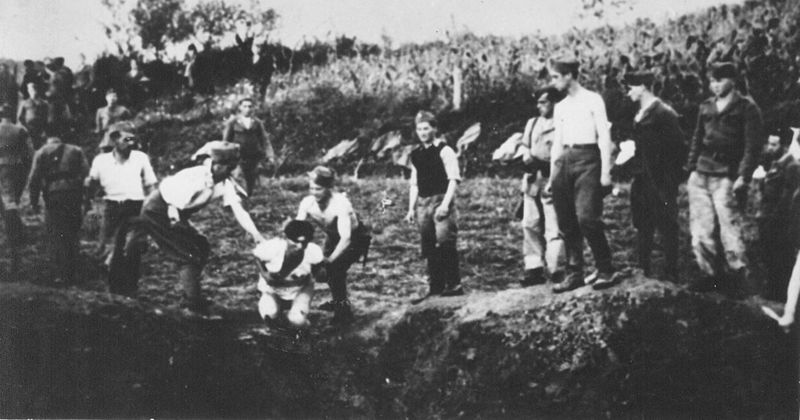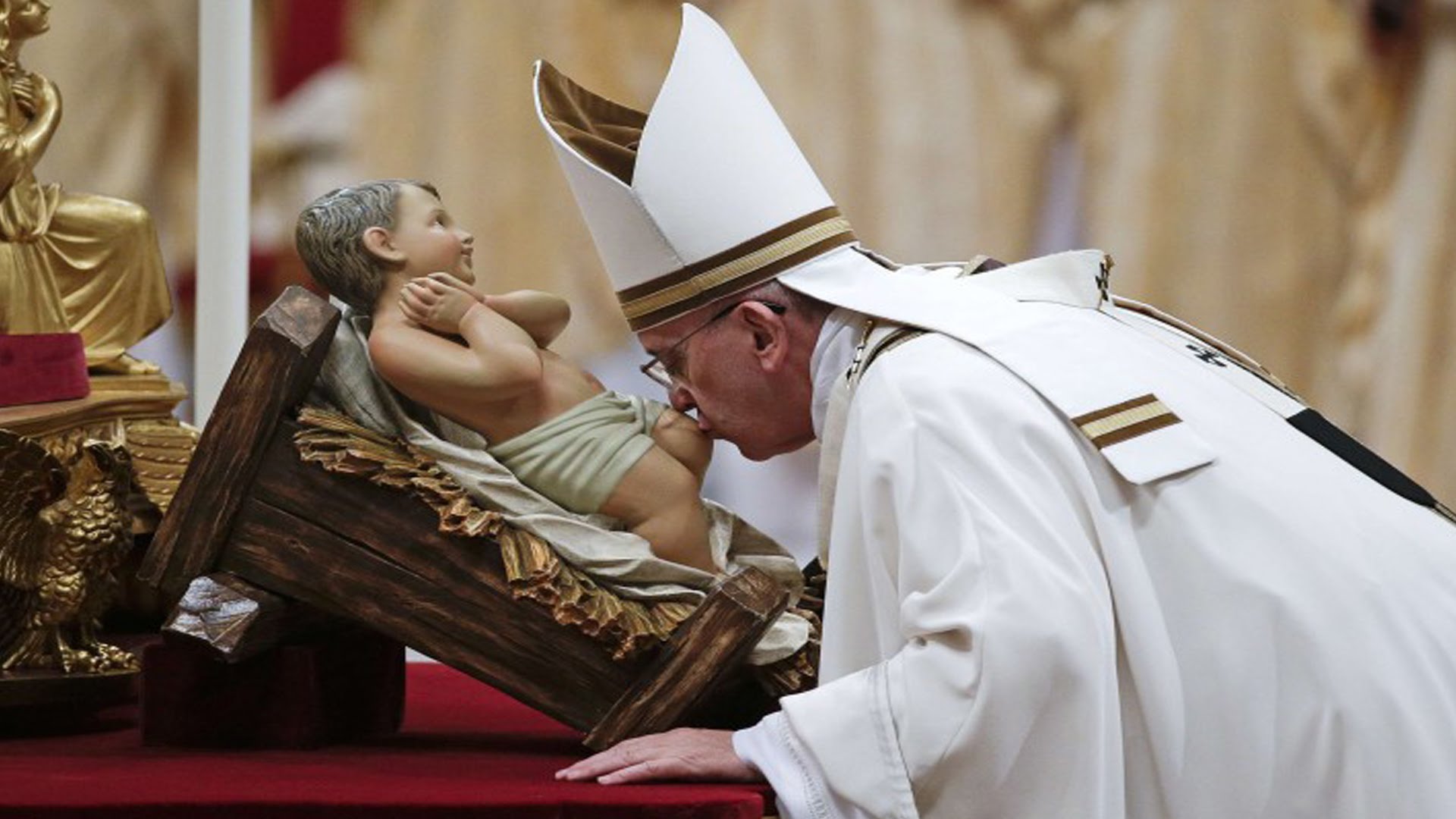1 The Croatian Holocaust

While the concentration camps run by the Nazis during World War II are probably best known today, there were many similar concentration camps in other countries, including some in Yugoslavia run by Catholic priests.
After the Axis Powers occupied Yugoslavia in 1941, a new fascist government was formed called the Independent State of Croatia, which is considered to have been a “Nazi puppet state.” The new government was run by the Utashe, Croatia’s version of the Nazis, headed by a dictator named Ante Pavelic. The Utashe were defined by ultraconservative Catholicism and racism.
After Pavelic took power, the Catholic archbishop Aloysius Stepinac held a banquet for the dictator, proclaiming him “God’s hand at work.” Pavelic was also received by Pope Pius XII himself. Four days before Pavelic met the Pope, the Utashe had locked hundreds of Serbians inside an Orthodox church and burned it to the ground. Yugoslav diplomats warned the Pope of the atrocities and asked him not to meet with the fascist dictator, but Pope Pius XII refused their request.
Months later, an Utashe leader suggested destroying Croatia’s Serbian population by “killing one third, expelling the other third, and assimilating the remaining third.”
Such genocidal ambitions soon became a horrifying reality. Concentration camps were set up across the country, including one of the largest camps in Europe at Jasenovac, where as many as 800,000 Serbs, Jews, Gypsies, and political dissidents were killed. Croatian Catholic clergymen served as guards and even executioners in the camps. At Jasenovac camp, a former student priest named Petar Vrzica won a contest by slitting 1,350 throats in a single night.
The slaughter wasn’t contained in the camps either. The Ustashe would descend on villages with hatchets and knives. One attack in 1942 was led by a priest and may have killed as many as 2,300 Serbs. A survivor of the attack described how the Utashe beheaded young children then threw the decapitated heads at their horrified mothers, cut open the stomachs of pregnant woman, and raped young girls as their horrified families watched.
As all of this went on, Pavelic continued to exchange “cordial telegrams” with Pius XXI. The Catholic press in Croatia published propaganda for the fascist regime. The Vatican never once spoke out against the massacres.
After the war ended and Yugoslavia was liberated by communist partisans, Archbishop Stephinac was convicted of war crimes and sent to Lepoglava prison. However, the new Yugoslavian state later released him after pressure from the Vatican. Stephinac was later appointed a cardinal by Pius XII. In 1998, he was beatified by Pope John Paul II.
Source: listverse




































Discussion about this post